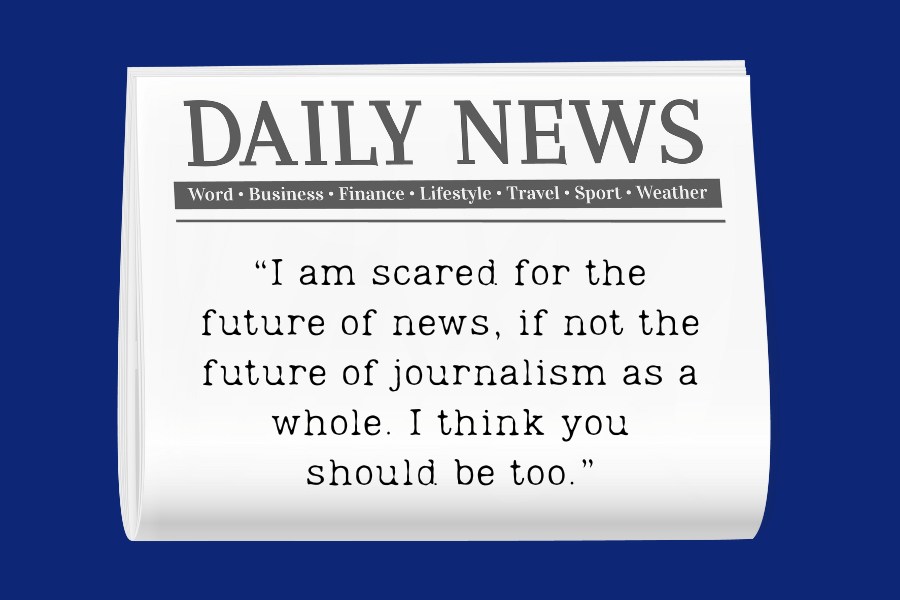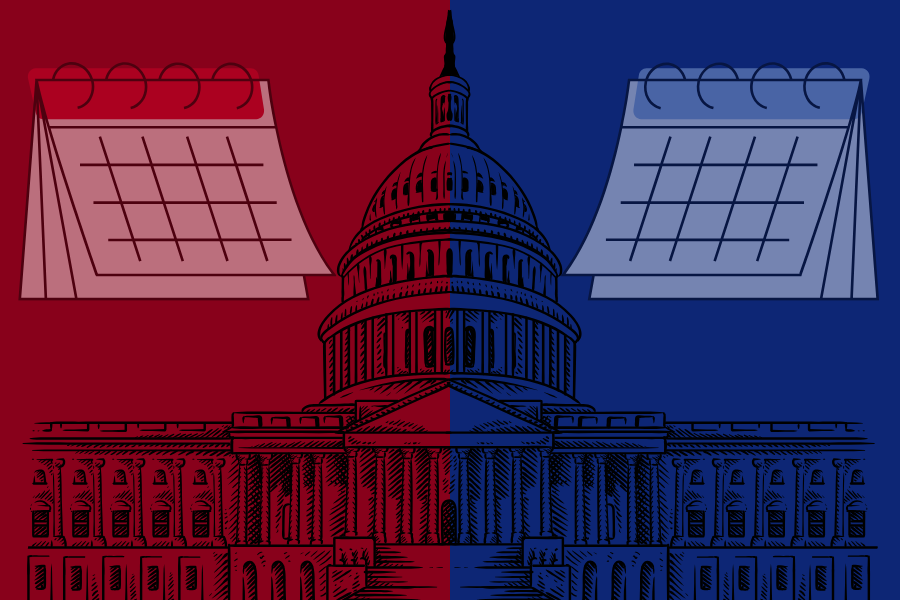Growing up in a small town in Massachusetts five minutes from where the New England Patriots call home, it was impossible not to be a football fan.
When I was in high school, there was no better feeling than getting home from track practice on Monday or Thursday and scrambling to get all of my homework done for the night so I could enjoy some prime time football, or the feeling of waking up on a Sunday and watching football for the entire day.
For many years, I enjoyed watching the Patriots dominate the Miami Dolphins twice a year, with Tom Brady under center. However, the Dolphins have recently become a notably better team than they were when Tom Brady and the Patriots controlled the AFC East. Part of the reason is their loaded offense and their first-year head coach Mike McDaniel. Another reason is their third-year quarterback, Tua Tagovailoa.
Tagovailoa was below average at best for his first two seasons in the league, but was having an excellent year before he sustained not one, but two concussions in less than a week during back to back games.
The Dolphins, as well as the NFL, failed Tagovailoa, and they must be held accountable.
Miami won both their first two games to start the season, and faced a strong Buffalo Bills team in week three. Just before halftime, Tagovailoa was roughed on a passing play, in which he was knocked to the ground after throwing the football. After landing on his back and slamming his head against the turf, Tagovailoa got up off the ground and began to walk and almost immediately fell down. His teammates noticed this and helped him to the sideline.
During halftime, Tagovailoa was taken to the locker room and evaluated for a concussion. After being evaluated, he passed the league’s concussion protocol and was allowed to return to the game after halftime. After the game, both Coach McDaniel and Tagovailoa claimed that he suffered a “neck and head injury,” and that it was not a concussion.
Four days later, Tagovailoa and the Dolphins laced up their cleats to play the Cincinnati Bengals on the road for prime time. Just before halftime, Tagovailoa was sacked and hit the ground hard, landing on his head in the same spot as Sunday. Immediately, Tagovailoa went into a decorticate posture. This is a neurological response to severe head trauma, and is often exhibited by a person becoming stiff, clenching their fists, bending their arms and straightening their legs.
After the hit that Tagovailoa sustained in Week 3 against the Buffalo Bills, he should not have been playing four days later. Far too many former players, most notably Aaron Hernandez, have suffered from the impact of chronic traumatic encephalopathy, also known as CTE, as a result from repeated blows to the head.
After fans all over the world called on the NFL to better protect their players, league officials updated concussion protocols on Sunday by closing the “gross motor instability” loophole. Prior to the protocols being updated, players could return to the field after showing gross motor instability as long as officials determined that it was not from a neurological cause. Closing this loophole is a step in the right direction, but more must be done to punish those responsible for placing a young franchise quarterback in harm’s way.
~ Follow Harry on Twitter!
@harrymurphy1776









